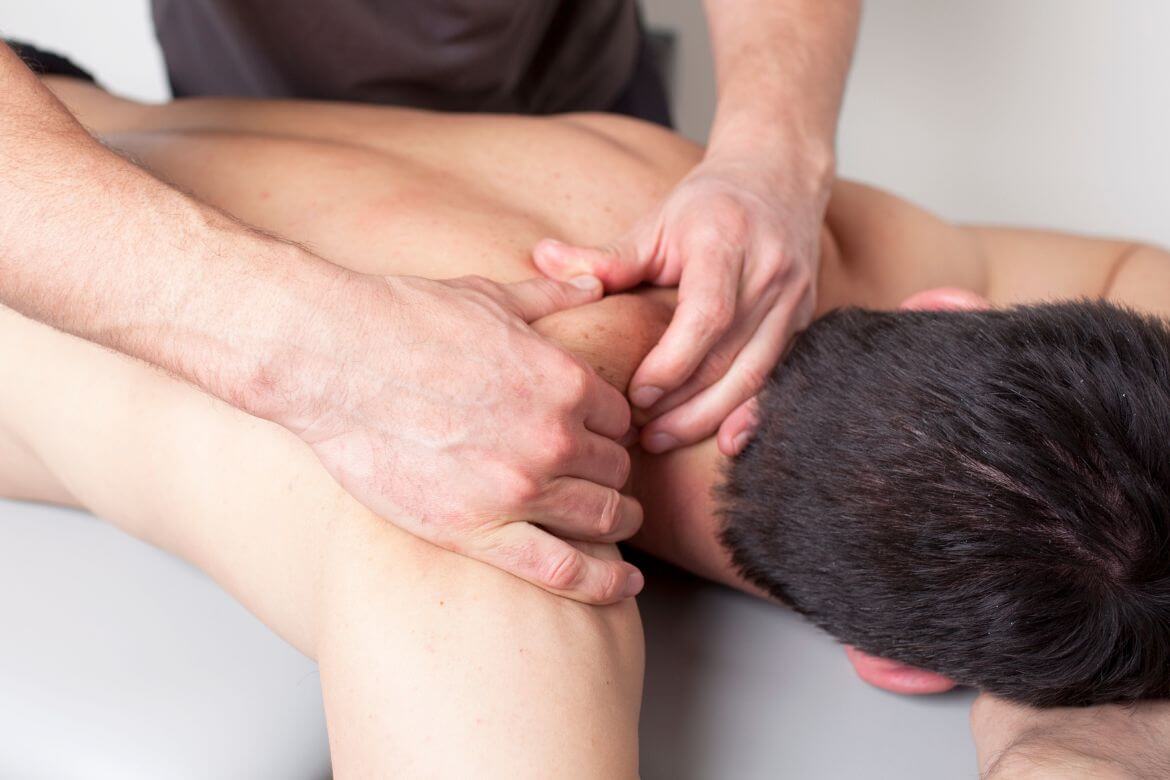Do you often find yourself dealing with muscle pain and tension that just won't go away? The Physio9 Clinic's Myofascial Release Therapy in Pune could be the answer you've been looking for.
Myofascial release therapy is a type of hands-on manual treatment that relieves skeletal muscle immobility and discomfort by relaxing constricted muscles, increasing blood and lymphatic circulation, and triggering the stretch reflex in muscles. This technique targets the fascia, which is a thin, strong tissue that surrounds and supports muscles throughout the body.
Myofascial release therapy is usually used to treat conditions such as chronic pain, sports injuries, fibromyalgia, and temporomandibular joint (TMJ) disorders.
During a myofascial release session, our therapist applies gentle, sustained pressure to the affected areas of the body, allowing the fascia to stretch out and release tension. This can improve the range of motion, reduce pain, and restore muscle and joint mobility.
This pressure will also help the fascia relax, which can improve the blood flow to the affected area, reduce inflammation, and promote healing.
The Physio9 Clinic's Myofascial Release Therapy in Pune is designed to provide you with the relief you need from muscle pain and tension. With our expert team of physiotherapists and personalized care, you can trust us to help you achieve your pain-free goals.
Don't let muscle pain and tension control your life any longer. Contact us to learn more about our Myofascial Release Therapy in Pune.
FAQ's
Myofascial release therapy is a technique for releasing tension and stiffness in the fascia, which surrounds and supports muscles. It aims to increase the the range of motion, relieve discomfort, and restore function.
Three common myofascial release techniques are direct, indirect, and foam rolling. Direct myofascial release involves applying pressure directly to the affected area, while indirect myofascial release involves gentle stretching and manipulation. Foam rolling uses a foam roller to apply pressure to tight muscles and fascia.
Myofascial release focuses on releasing tension and stiffness in the fascia. At the same time, massage typically involves manipulating the muscles to promote relaxation and reduce muscle tension. Myofascial release is more targeted and specific to the fascia.
The duration of myofascial release therapy depends on the individual and the extent of the fascial restrictions. Therapy sessions may last anywhere from 30 minutes to an hour or more.
Myofascial release therapy can benefit people with various conditions, including chronic pain, muscle tension, limited range of motion, and postural imbalances. It is often used as part of a comprehensive treatment plan for these conditions.
Myofascial release techniques can include applying sustained pressure to the affected area, stretching the fascia, and using tools such as foam rollers or massage balls to release tension.
Yes, physiotherapists often use myofascial release therapy as part of their treatment approach for musculoskeletal conditions. They may also use other techniques, such as exercise, manual therapy, and modalities, to address underlying issues.
Myofascial release therapy can be used to treat various conditions, including fibromyalgia, chronic pain syndromes, temporomandibular joint (TMJ) dysfunction, and sports injuries.
Some evidence suggests that vitamin D deficiency may be linked to myofascial pain syndrome, although more research is needed to understand the exact situation.
Myofascial release therapy can be uncomfortable, especially when applying pressure to sensitive areas. However, the level of discomfort should be manageable, and therapists will work within your comfort level to avoid excessive pain.







